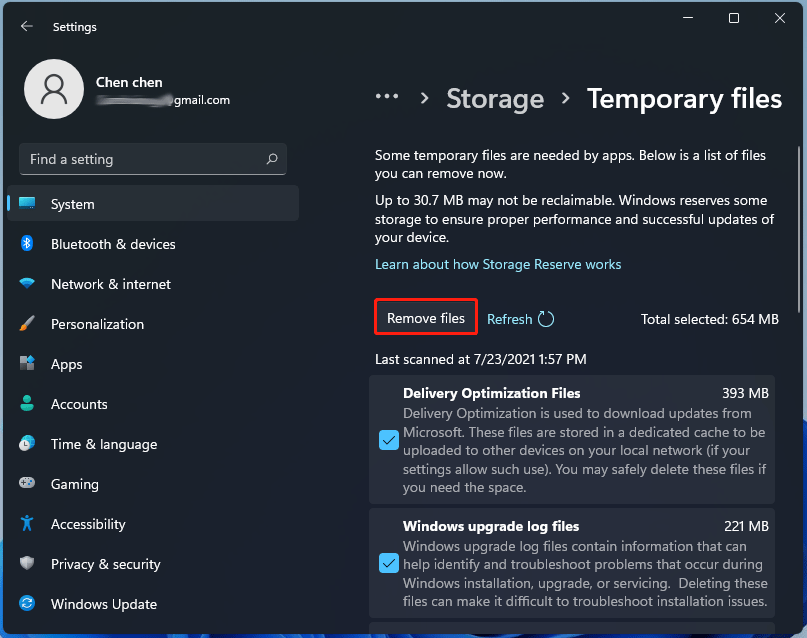

Microsoft will begin rolling out the free upgrades for Windows 10 users withĮligible hardware from 5 October, but it’ll require at least 64GB of storage to install. For most people, setting up Storage Sense to run regularly in the background will be sufficient.Ĭlaiming back storage is especially important for anyone considering updating their device to Just make sure the update is stable and bug-free first. It’s worth following these steps shortly after installing a new update if you want to minimise the amount of space they take up. After a few seconds, the files will be permanently deleted.From the pop-up window, click ‘Delete Files’ to confirm removal.Select those you’d like to uninstall and click ‘OK’.All these files can be uninstalled, but those under ‘Windows Update Clean-up’ or ‘Previous Windows installation (s)’ refer to the Windows.old folder You’ll now see a vertical scrolling list of the files that can be deleted.Click ‘Clean up system files’ and wait for a few seconds.From the window that appears, click ‘Disk Clean-up’ from the ‘General’ tab.Locate Local Disk (C:) drive (where Windows is usually installed).Storage Sense should be your first port of call, but File Explorer offers a way to specifically target files from previous installations: How to remove the Windows.old folder from File Explorer

Provided Storage Sense remains turned on, the Windows.old folder will be deleted shortly after any new version is installed. After a few seconds, this will remove any files that your device isn’t using (including Windows.old).




 0 kommentar(er)
0 kommentar(er)
